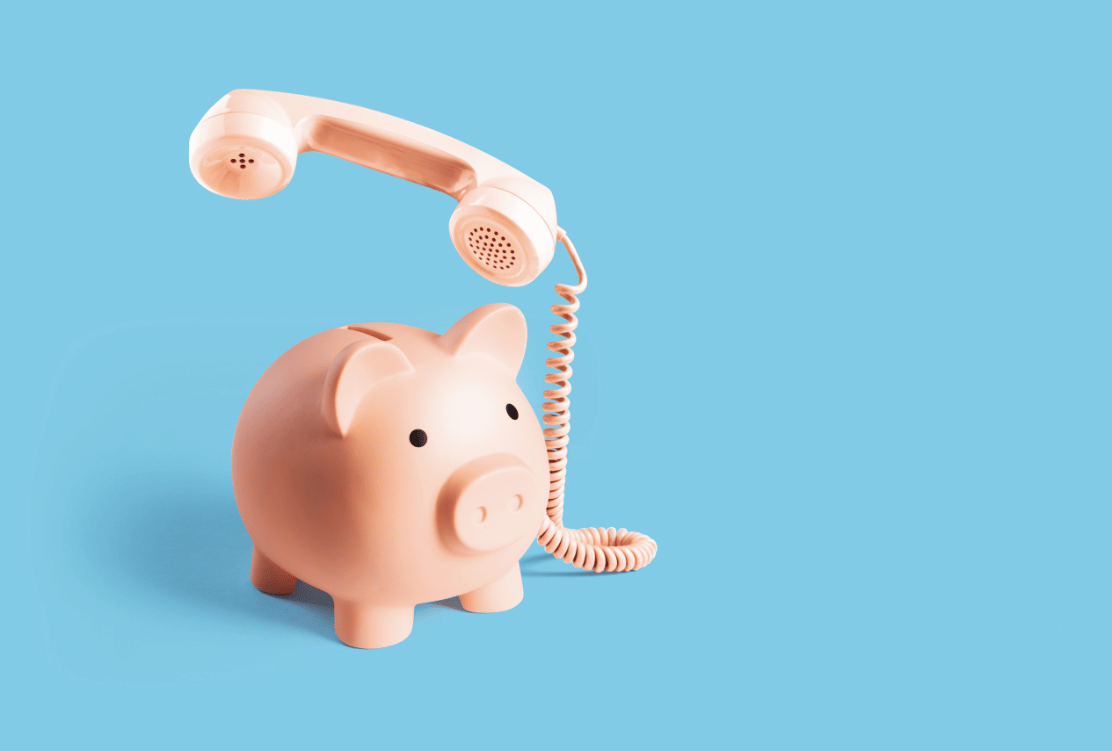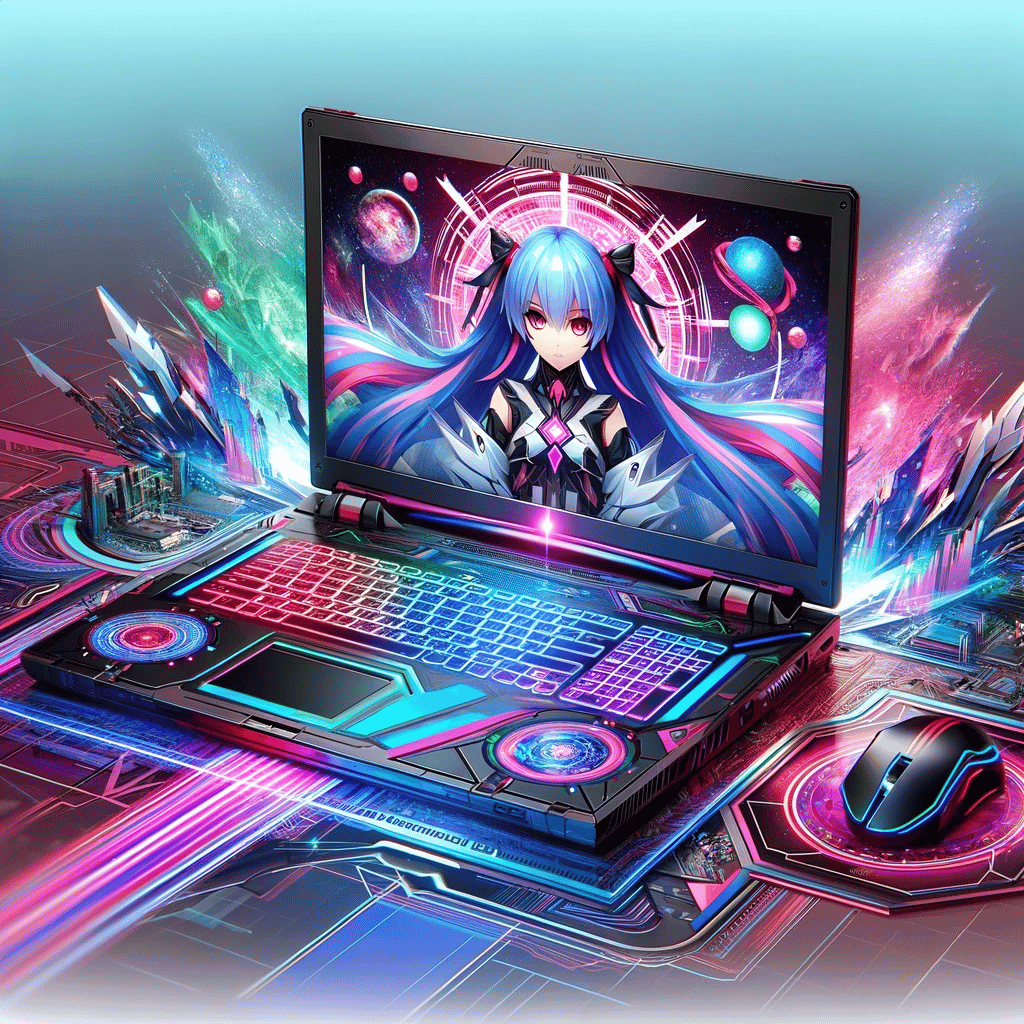In the high-speed world of social media, pop culture is the jet fuel that can propel a brand’s reach into the stratosphere. If you’re not tapping into the zeitgeist, you’re missing out on a goldmine of engagement. Pop culture – the music, memes, TV shows, and viral moments that everyone is buzzing about – isn’t just entertainment. It’s a language. Speak it fluently, and your brand can connect with audiences on a deeper level, riding the algorithms all the way to visibility-town. Here’s how you can make pop culture work for your brand and five killer examples of those who’ve nailed it.
Why Pop Culture?
Think of pop culture as the express lane in the congested traffic of digital content. Social platforms are designed to favor content that sparks conversations and shares. What better way to get people talking than by tapping into the trends they’re already passionate about? By leveraging pop culture, you ensure that your brand remains relevant and relatable. Plus, it gives the algorithms exactly what they want: highly engaging content that keeps users scrolling.
The Algorithm Advantage
Each social platform’s algorithm has its quirks, but they all love engagement. When you create content that resonates with a pop culture trend, you increase the likelihood of likes, comments, and shares. This sends a signal to the algorithm that your content is worth pushing to a broader audience. Instagram loves visuals that pop; Twitter favors the timely and topical; TikTok, the trendy and creative; LinkedIn, the insightful and professional spin on trends; and Facebook, the shareable and community-driven. Align your pop culture content with these preferences, and watch the magic happen.

5 Times Brands Hit Pop Culture Gold
-
Oreo’s Dunk in the Dark – When the lights went out at the Super Bowl in 2013, Oreo was quick to tweet an image of a solitary Oreo with the caption “You can still dunk in the dark.” Instant virality. Why? It was timely, relatable, and perfectly tailored to Twitter’s real-time nature.
-
Netflix and “Stranger Things” – Netflix didn’t just release a show; they created a cultural phenomenon. They harnessed nostalgia with ’80s vibes and then used platforms like Instagram to create a visually compelling, sharable universe that users wanted to be part of.
-
Taco Bell and the Taco Emoji – When the world clamored for a taco emoji, Taco Bell listened. They created a petition, rallied their fan base, and when the taco emoji finally arrived, it was a brand victory lap across all social channels.
-
Apple’s “Shot on iPhone” Campaign – Apple capitalized on the Instagram generation’s love for photography. By featuring user-generated content that showcased the quality of the iPhone camera, they tapped into creator culture and showcased their product in action.
-
Spotify’s Wrapped Campaign – Yearly, Spotify uses its data to give users a personalized roundup of their listening habits. It’s a shareable, personal piece of pop culture that dominates social feeds at year’s end, perfect for platforms like Facebook and Twitter where personal stories drive engagement.
How to Make Pop Culture Work for You
-
Stay Current – Keep a finger on the pulse of what’s trending. Use tools like Google Trends or social listening platforms to know what’s hot.
-
Be Authentic – If a trend doesn’t align with your brand voice or mission, don’t force it. Authenticity matters.
-
Act Fast but Smart – Timeliness is key, but so is strategy. Don’t jump on a trend without a plan for engagement and follow-through.
-
Engage with Your Audience – Use trends as a conversation starter. When your audience responds, engage back to foster community.
-
Measure and Learn – Track your results. What works on Instagram might flop on LinkedIn. Use data to refine your approach.
Pop culture in marketing isn’t just a tactic; it’s a strategy for digital relevance. As algorithms evolve, so must our methods of engaging with our audiences. By leveraging the shared language of pop culture, you not only maximize your reach but also cement your brand in the collective memory of the digital landscape. Remember, in the world of social media, it’s not just about being seen—it’s about being remembered. So next time a meme takes over Twitter or a dance goes viral on TikTok, ask yourself, “How can my brand join the conversation?”
And that’s the power of pop culture.






